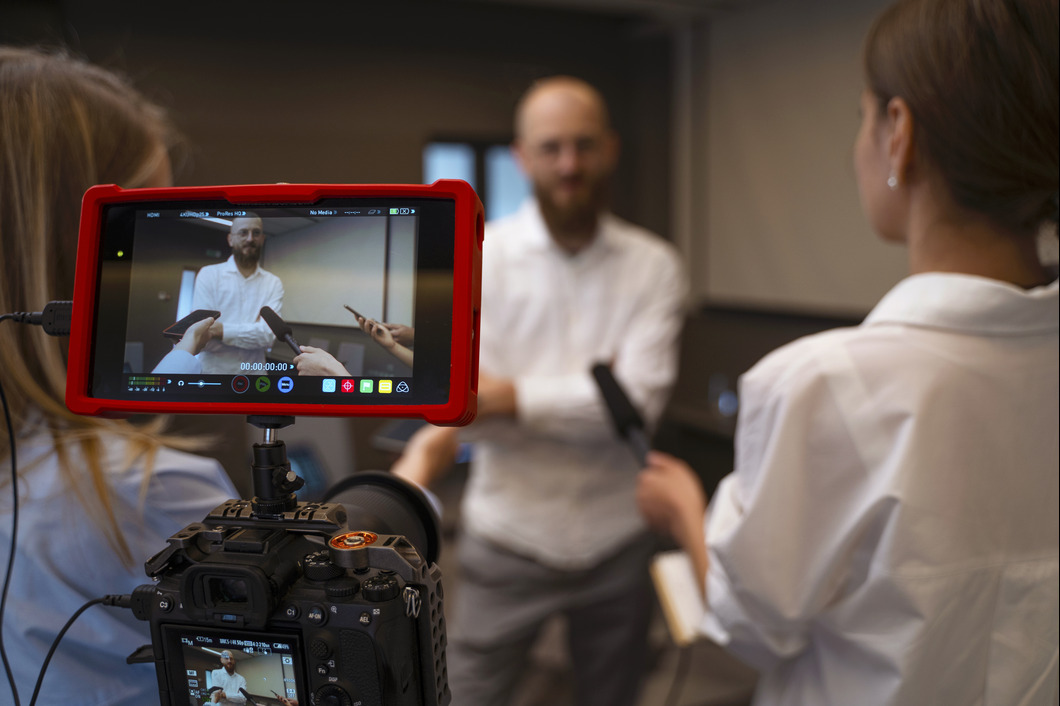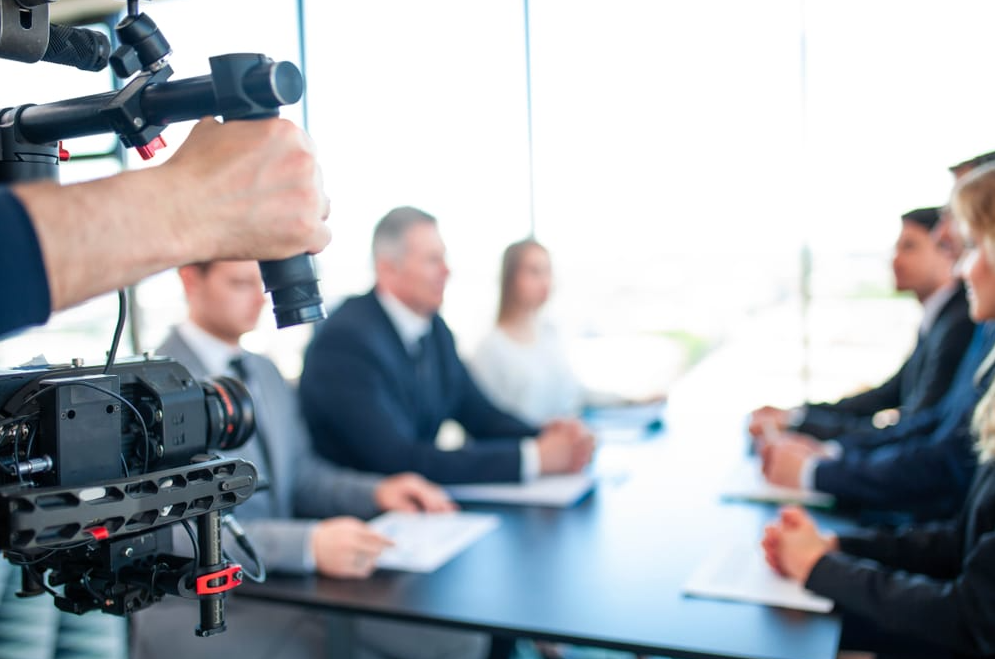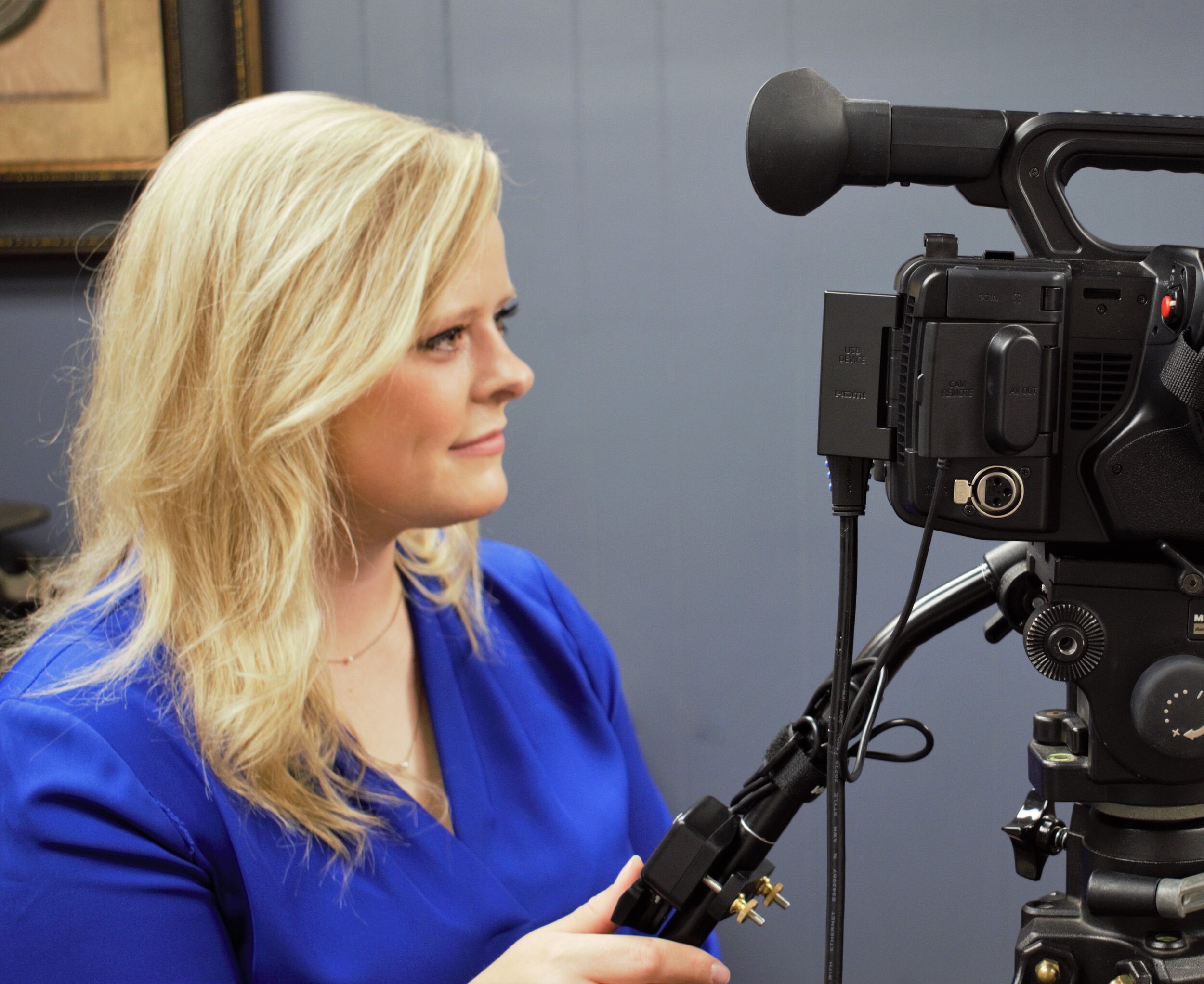How Legal Videography Can Make or Break Your Legal Approach
How Legal Videography Can Make or Break Your Legal Approach
Blog Article
Delving Into the Devices of Lawful Videography: Unveiling Its Procedure in Shielding Authentic Aesthetic Testament for Judicial Proceedings
In the realm of judicial proceedings, the duty of legal videography stands as a cornerstone in maintaining and providing visual proof. As innovation remains to development, the mechanisms behind lawful videography have come to be increasingly detailed, using an essential layer of authenticity to statements caught on video. By delving right into the functional ins and outs of lawful videography, one can uncover the thorough procedures that protect the integrity of visual proof provided in courtrooms - Legal Videography. This expedition not just drops light on the historical evolution of lawful videography but likewise means the future trends that may additionally reinvent just how aesthetic statements are supported in the world of justice.
Historical Evolution of Lawful Videography
Analyzing the historical development of lawful videography discloses a substantial transformation in the capturing and presentation of visual proof within the legal landscape. In the past, lawful process heavily depended on created photos and transcripts to document occasions and provide evidence. However, with the arrival of video clip technology, the legal industry saw a paradigm shift in how aesthetic statement was captured and provided.
The advancement of legal videography can be traced back to the late 20th century when improvements in video clip recording tools made it a lot more accessible for usage in courtrooms. This technological innovation not only improved the precision and reliability of visual evidence yet additionally transformed the way instances existed to discretionary (Legal Videography). Attorneys started to identify the influential power of video clip recordings in conveying feelings, nuances, and non-verbal signs that composed records or photos alone could not record successfully

Technology Improvements in Video Documents
What vital technological advancements have changed video paperwork in the lawful area? The lawful area has seen substantial improvements in video documentation modern technology that have actually boosted the credibility and reliability of visual evidence in judicial process.
Furthermore, developments in video file encryption and watermarking innovations have actually reinforced the protection and tamper-proof nature of video clip proof, safeguarding it against unapproved alterations or tampering. Moreover, the introduction of cloud storage space services and remote access capacities has structured the storage, retrieval, and sharing of video clip evidence, facilitating seamless collaboration among attorneys and making sure effective accessibility to important aesthetic statements when required. These technical advancements in video paperwork have undoubtedly revolutionized the lawful area, boosting the precision, reputation, and admissibility of aesthetic evidence in judicial process.
Duty of Lawful Videographers in Court Setups
The evolution of video documents technology in the lawful area has required a vital duty for lawful videographers in court room settings, making sure the honesty and integrity of visual testimonies presented throughout judicial procedures. Legal videographers play a basic duty in catching and protecting accurate visual proof that can be essential in court instances. Their responsibility encompasses establishing devices, recording process, and creating top notch videos that precisely mirror the occasions in the court.
In court room setups, legal videographers need to abide by stringent guidelines and requirements to maintain the authenticity of the visual document. They should have a keen eye for detail and a thorough understanding of lawful procedures to guarantee that the footage they capture is a real representation of the occasions that took place. In addition, legal videographers typically function very closely with legal groups to guarantee that the video clip evidence lines up with the situation's needs and can be efficiently offered in court to support the legal arguments being made. Generally, the function of legal videographers in court settings is crucial in supporting the concepts of justice and their website making certain the transparency of lawful process.

Ensuring Admissibility and Integrity of Video Clip Proof
To maintain the reliability of aesthetic evidence offered in lawful procedures, ensuring the admissibility and integrity of video clip proof is a vital obligation for lawful videographers. Admissibility refers to the approval of evidence by the court, and for video proof to be admissible, it has to satisfy specific requirements. Legal videographers play an essential role in making sure that the video clips they record abide by the policies of proof, such as integrity, relevance, and authenticity.
Integrity of video clip proof includes maintaining the originality and accuracy of the video footage from the moment it is taped until it exists in court. This includes securely saving the video clip files, recording the chain of wardship, and stopping any type of tampering or changes. Lawful videographers have to follow rigorous methods to assure the integrity of the video proof and protect against any difficulties to its authenticity.
Future Trends in Legal Videography
Offered the boosting reliance on innovation in lawful process, lawful videographers are poised to embrace cutting-edge innovations shaping the future of visual testament capture and discussion. One of the famous patterns imminent is the assimilation of digital reality (VIRTUAL REALITY) and augmented truth (AR) modern technologies right into legal videography. These innovations have the possible to revolutionize just how aesthetic evidence is provided in courtrooms, allowing juries and courts to immerse themselves in the scene of the criminal offense or case.
Additionally, making use of expert system (AI) formulas for video clip evaluation is expected to simplify the procedure of reviewing and assessing huge amounts of video footage. AI can aid in recognizing key moments, anomalies, and patterns within videos, enhancing the efficiency of lawful examinations.

Conclusion
Finally, legal videography has actually played a crucial duty in offering genuine aesthetic proof for judicial procedures. Through technical advancements and the know-how of lawful videographers, the stability and admissibility of video proof are ensured in courtroom settings. As legal videography remains to evolve, it will certainly be vital to copyright requirements that preserve the accuracy and reliability of visual statement for the future of legal process.
Taking a look at the historical progression of legal videography reveals a considerable change in the capturing and discussion of visual proof within the legal landscape.The evolution of video paperwork technology in the lawful field has actually necessitated a critical role for legal videographers in website link courtroom settings, ensuring the integrity and integrity of aesthetic testaments offered throughout judicial proceedings. In addition, lawful videographers frequently his response function very closely with lawful teams to make sure that the video evidence straightens with the case's needs and can be effectively provided in court to support the lawful disagreements being made.To maintain the integrity of aesthetic proof offered in lawful process, ensuring the admissibility and stability of video clip proof is a vital obligation for legal videographers. As lawful videography continues to progress, it will certainly be necessary to support requirements that keep the precision and integrity of visual statement for the future of legal process.
Report this page